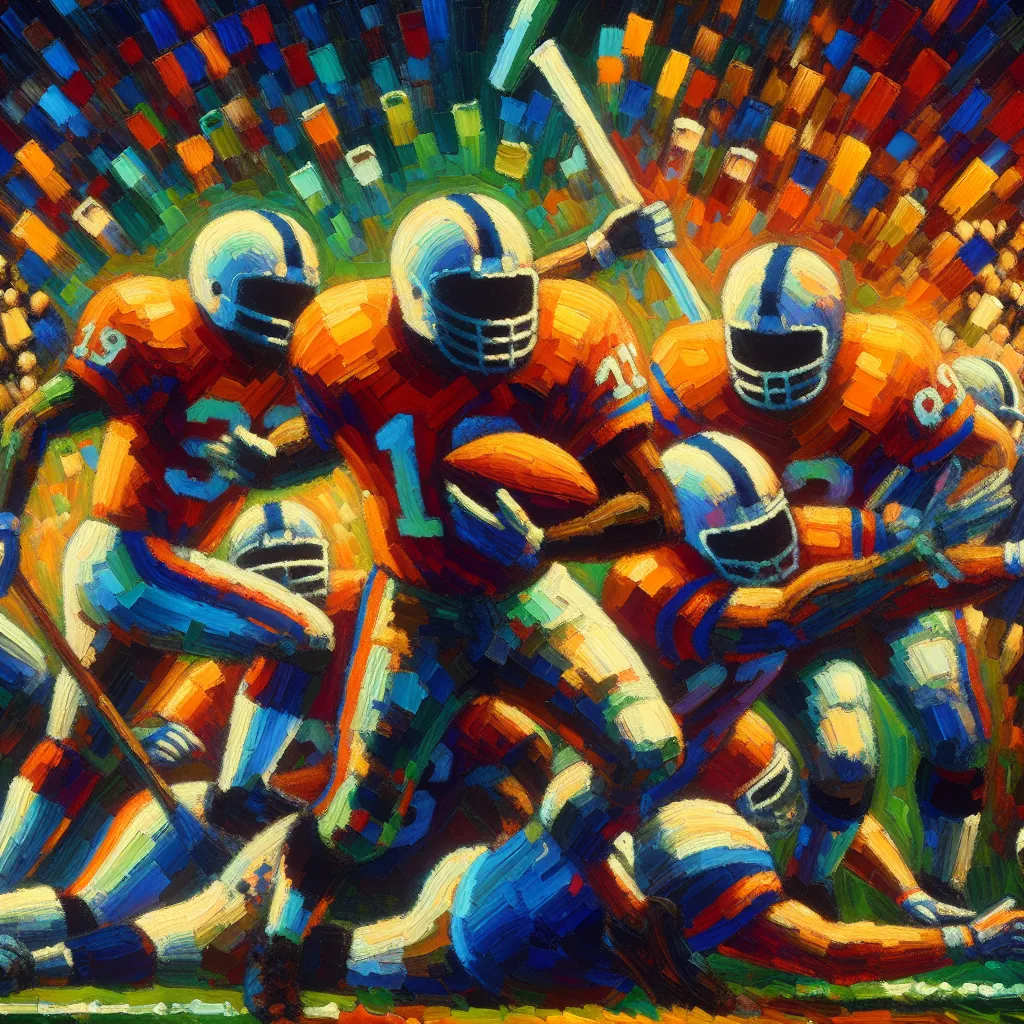
- Published on
- Authors

- Name
- Sports Tips
Return Coverage: Supporting Special Teams
In football, special teams play a crucial role in the game's dynamics, often making the difference in field position and momentum shifts. Among these roles, the punter's involvement in return coverage is pivotal. Let’s break down the punter's responsibilities in return coverage, focusing on positioning, tackling, and teamwork.
The Punter's Role in Return Coverage
Positioning
Positioning is the first line of defense for a punter in return coverage. As the punter performs the punt, there are several key positioning factors to consider:
- Kick Direction and Angle: Aim to kick towards the sidelines to limit return lanes.
- Field Awareness: Be mindful of both the line of scrimmage and the touchback line.
- Coverage Alignment: Coordinate with gunners to understand your lane coverage responsibilities.
Recommended Positioning Table
| Kick Type | Punter Positioning | Effect |
|---|---|---|
| Sideline Kick | Aim towards the sideline, minimize return lanes | Forces the returner towards out-of-bounds |
| High Hang Time | Position slightly back, anticipate shorter returns | Allows coverage team to converge |
| Directional Kick | Align with directional blocking schemes | Confuses and limits returners' options |
Tackling
While punters aren't primarily known for their tackling skills, they must be ready to get physical:
- Technique: Utilize open-field tackling techniques; break down, stay low, and wrap up securely.
- Angles: Maintain proper pursuit angles to cut off the returner's path.
- Safety: Always be aware of your own safety; avoid dangerous head-on collisions.
Pro Tip: A solid form tackle from a punter can not only stop a return but boost the entire team’s morale.
Coordinating with Teammates
Effective return coverage is a team effort. The punter must communicate and work closely with all members of the special teams unit:
- Pre-Snap Communication: Discuss the punt strategy (directional, high hang time) with the coverage team.
- In-Game Adjustments: Be adaptable to on-the-fly changes based on the returner's tendencies.
- Gunner Synchronization: Ensure gunners are synced with your kicks to pin the returner quickly.
Coverage Coordination Checklist
- Pre-Game Meeting: Review opposing returner's strengths and weaknesses.
- Signal Calls: Establish clear signals for directional kicks and coverage adjustments.
- Film Study Sessions: Watch game tapes to improve team cohesiveness and recognition of return formations.
Conclusion
Supporting special teams through effective return coverage requires the punter to excel in positioning, tackling, and coordination. By paying attention to these crucial aspects, a punter can significantly aid in limiting the opponent's return game, thus giving their own team a decisive advantage on the field. Whether you're a player sharpening your skills or a coach devising strategies, understanding the intricacies of the punter’s role can illuminate pathways to successful special teams execution.
Remember, in football, every yard counts, and a well-executed punt and coverage can be the silent game-changer every team needs.
